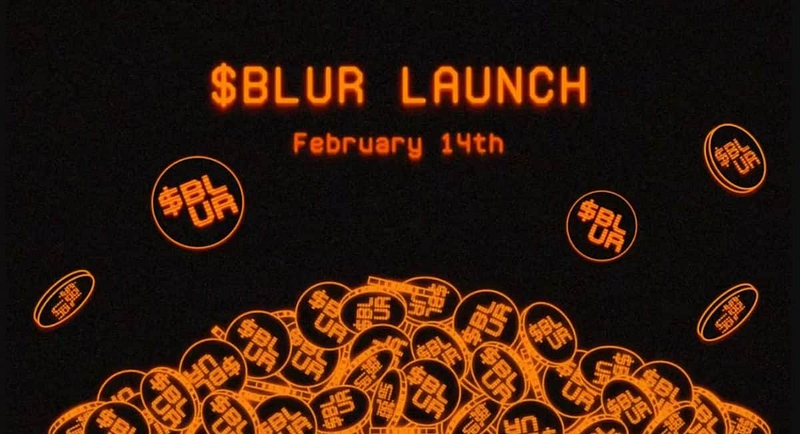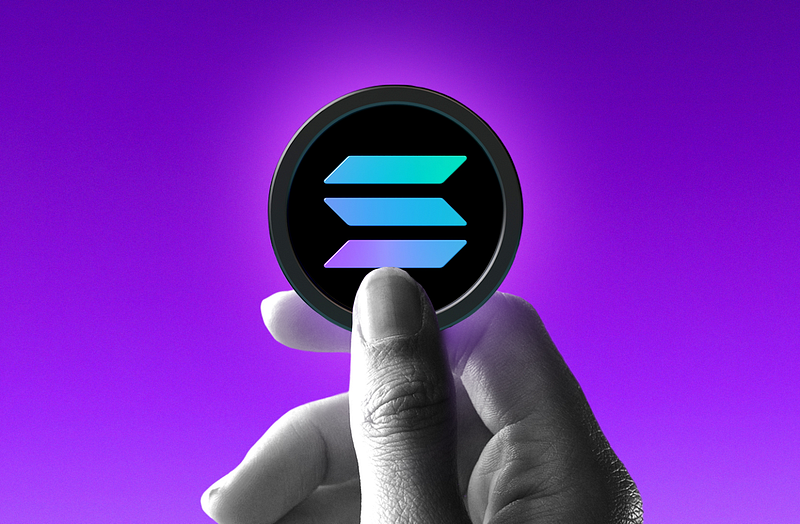
Author: YBB Capital Researcher Zeke
1. Celebrity Coin, from its birth to marketing
Warren Buffett has been carrying on the philanthropic legacy of his late wife Susan Buffett for 23 years, transforming the admiration of a group of business elites into a "time auction" that has attracted global attention, creating the most iconic "sky-high-priced lunch" model in the history of human philanthropy.
The monetization of celebrity time is not uncommon in Web3. From the ancient Time New Bank to the later Friend.tech, SocialFi has been exploring the road for more than seven or eight years, but in most cases, there is little thunder or even little rain. After all, in the on-chain world, the importance of speculative trading is often greater than this "fragile social" established with tokens as a link. Most users really care not about the exclusive insights shared by celebrities, but focus on the "volume and price" of celebrities. In other words, for top celebrities, the SocialFi platform pool is too small and cumbersome to make a profit. For KOLs, it is embarrassing and stupid to put their already scarce influence on the SocialFi platform, which has transparent prices and few users.
The lack of accumulation means that SocialFi is not feasible for the time being. Therefore, the monetization path of celebrity value in Web3 needs to be differentiated, transitioned, and then evolved. A paid subscription community and an X account with a blue logo, this kind of Web2 combination with accumulation is what KOLs need at present. However, the value conversion path of top celebrities has not been smooth enough, just like a large enterprise with tens of millions of goods waiting to be dumped. To B is not cost-effective, and To C has no carrier.
The first successful step in exploring the path from monetization of time to monetization of influence is NFT, which has played the role of this carrier for a long time. However, it is obvious that NFT’s characteristics of scarcity, fixed price and lack of liquidity cannot satisfy both buyers and sellers. This form of selling souvenirs has temporarily failed after the BTC ecosystem failed.
The value of celebrities needs a new carrier. Although the answer has long been hidden in the story of Musk and Doge, this matter still needs some opportunities. Last year, Pump.fun's coin issuance fever swept the cryptocurrency circle. The Meme trend was carried out along with the US presidential election. During this period, various presidential coins issued by the public have appeared. The extremely high increase and popularity made some behind-the-scenes operators in the cryptocurrency circle smell an opportunity. Through signing contracts or inducing, they let the real celebrities issue coins, and the rest was left to them to operate. This sounds a bit like the cooperation model between MCN agencies and Internet celebrities, but the actual situation is extremely violent. From Caitlyn Jenner's JENNER (US Olympic decathlon champion and one of Trump's top fans) to President Milley's LIBRA. It started with a tweet and ended with a vertically falling K-line. The whole process can take several days or even hours to complete the harvest. Then the script is often that the big V on social media starts an emergency "investigation", the coin issuing team posts to blame each other, and finally nothing is done. The concept of celebrity coins was born in this mess.
But in any case, this path has become very clear. Judging from the initial results alone, the low-threshold distribution channel of Meme is perfect. However, celebrity Memes that lack intrinsic value will disappear after the popularity and PvP end. The problem shifts from the carrier to long-term storage. AI Agent can tell you about the future of mankind, RWA can describe a track of Hundred Trillion, and what story can celebrity coins tell?
Trump's answer was very cliché. He would give the first 220 TRUMP holders a "presidential time" bonus, and the first 25 holders would be invited to a special VIP trip to the White House the next day. The value support of celebrity coins has been rolled back to "time". In my opinion, this solution can save the short-term unlocking of tokens, but it cannot support the long-term growth of token prices.

A good enough meme should emphasize emotions and narratives, rather than empowerment. The value of celebrity coins is not the insights and time of celebrities, but the stories of celebrities and the emotions behind them. Trump's dinner invitation is more like selling a super expensive version of Social Token, and everything will dissipate when the president's time is over. How to market TRUMP well, the crypto team behind Trump may ask Minister Doge for advice. Doge is tied to Musk, SpaceX and Tesla. To The Moon is still a slogan engraved in the hearts of cryptocurrency users. The people's currency makes holders believe that 1Doge=1U. Challenging traditional finance is in line with the genes of encryption. In fact, every point is Musk using his own power to sell emotions to the public, even if most of these stories have not yet come true. The marketing of celebrity coins still has a long way to go. The memeization of personal influence should not be as crude as a tweet or a good news. It is not hateful to make money in the cryptocurrency circle, but at least you have to understand the cryptocurrency circle first.
2. Dragon
The Blur project has rarely been mentioned. I remember the last time it was mentioned was when Blast launched the points system.

As the narrative of NFT disappears, many stories have become the past, but the mark that Pacman left on this circle will not disappear. Blur was able to slay OpenSea that year by relying on the three-pronged combination of "Points + zero handling fees, royalties + social fission", completing the siege of the city from the countryside in a PDD-style way. On the day of the airdrop, the entire Twitter was filled with orange logos, and I don't think any NFT player will forget it. From a marketing perspective, Blur's three-pronged approach is invincible. It not only defeated opponents that other NFT platforms dared not even think about, but also prompted many users who had never played NFT to join the army of scoring, breaking multiple records in just a few months. Almost all Web3 projects since Blur have regarded this marketing template as the Bible.
At that time, NFT players who had suffered from OpenSea for a long time were applauding, but Blur eventually turned from a dragon slayer into a dragon. To put it in a small way, Airdrop3 was the first time I felt disgusted with Web3 incentive activities. Blur adopted a self-destructive approach in exchange for TVL and trading volume. At the beginning of the whole event, I said that NFT would accelerate its death. The Bid For Airdrop mechanism encourages users to place orders but not actually buy, resulting in false demand and a downward spiral in prices. The mechanism attracts arbitrageurs rather than real buyers. Once the value of Blur's Token collapses, all blue chips will be buried together. As for the subsequent death of NFT, from my perspective, Blur's Bid incentive was the beginning, and Azuki's Elementals series launch was the end. Of course, more of it is due to the fact that NFT has never found a suitable path (Pudgy does not count).
Pacman then launched the NFT lending protocol Blend and Ethereum Layer2 Blast. The gameplay of these two protocols basically continued the underlying strategy of Blur. Blend uses a lending point reward mechanism. Users who participate in NFT mortgage lending can obtain airdrop points, continuing the logic of "trading is mining". Blast adopts the "deposit points + invitation points" model. Users can earn Blast native income and airdrop points by staking ETH or stablecoins. The former's income logic relies on common income methods in the lending market such as lending interest and liquidation arbitrage. The latter is to put ETH into DeFi protocols such as Lido to pledge interest and realize income. Pacman built a self-circulating crypto bank through the ETH locked in the three, but the income returned to users is not equal. Except for Blur's early period, which was quite profitable, the incentive activities of subsequent projects basically announced the end of the airdrop era. Centralized points make all incentives a black box, and the rules are self-defined. The spontaneous gameplay of points is criticized by users.
What other consequences did the points system cause? First, there is a false prosperity. When the rewards are visualized, users will lock their assets into various protocols just to exchange for project tokens. The project parties can use these false user data and super high TVL to raise funds everywhere and negotiate listing. VCs who are used to measuring value by data suffer heavy losses. The second point is that it hinders innovation. It is better to do a good activity than to do a good project. Projects that have real technology but do not understand marketing are buried. The third point is the fragmentation of liquidity. Really valuable assets are locked in various protocols just to play this game that is thought to be loss-free. The fourth point, and the most important point, is that when the points system is launched, it is equivalent to issuing coins. A large number of studios, retail investors, and whales flock in just to compete for a small piece of cake. Either compete in quantity or compete in funds. It is also common for retail investors to have a small per capita allocation that is difficult to make up for Gas. The era of airdrops has truly ended.
Today, the point system is still the mainstream model in Web3. "Point mining" has led to the proliferation of speculative culture, and Point Market has amplified this phenomenon. The incentive of airdrops has changed the nature of early users and communities. The airdrop era started by Uni a few years ago was well-intentioned, which not only promoted DeFi Summer but also achieved real user retention and growth. In this era, every project launch means a large withdrawal of funds and the emergence of a "ghost town". If the project cancels this model, it will fall into a more passive situation. In this dilemma, users can only find a new habitat.
3. Public Chain
Ethereum relied on the development of technology and adherence to decentralization in the wild era, which formed such a vast ecosystem. But the path to success is different in each era. If it were ten years ago, who would have thought that Tencent could not replicate a short video platform, and Taobao would eventually be eliminated by an e-commerce company whose user interface was full of cuts. Similarly, two years ago, I couldn't imagine that Solana would really trip up the giant one day. But the fact is that in this era of stagnation at the application layer, marketing and practicality are more important than so-called technical beliefs.
Two days ago, EF published three articles reaffirming Ethereum's future vision and foundation management structure. The key information revealed is not complicated. First, EF's power is decentralized. It strategically intervenes in projects when necessary and takes the initiative to withdraw when it is not necessary. Second, EF's leadership reorganization improves execution efficiency and strengthens communication with the community. Third, it maintains the technical path of sub-type expansion, and is also exploring RISC-V to replace EVM. Although there is still a sense of halal overall, EF has indeed put down its arrogant attitude.
But are these the real problems of Ethereum? I can only say that there is a relationship, but not absolutely. Some of the above changes are mainly focused on users' dissatisfaction with EF. The unwillingness to integrate into the secular world is also the root cause of Ethereum, and this person is naturally Vitalik. It is not wrong to not understand or want to understand Meme, but the mistake is that Vitalik himself still plays an absolute leadership role in Ethereum. A project with a market value of 220 Billion is led by a somewhat willful and idealistic young man, and this person is unwilling to accept the mainstream culture in the current circle, so the loneliness at this time is only inevitable. However, fortunately, among the lonely Layer2, there are still sparks like Base that can compete with Solana. If I were a member of EF, I would definitely apply for some foreign aid from CB.
Putting aside the conspiracy theory, at least CZ, a leader who also does not understand Meme, is trying his best to accept these concepts. During the period after being released from prison, he also brought out a hot track like DeSci, but the lack of a Western base made each prosperity of BNB a little short-lived.
Solana's victory lies in its lower profile. After the SBF crash, Solana is no different from a child who has lost the protection of his parents. Facing the giant Ethereum, it has to seize every opportunity. Starting from the catalyst Silly Dragon, to various super memes, Dapps, and PayFi later. In the past, we always joked that Solana is a stand-alone chain, but from the perspective of tolerance and support for the ecosystem, it appears to be more decentralized.

It is not Pump.fun that made Solana turn over, but Pump.fun could only be born on the soil of Solana. This is similar to Uni and Ethereum a few years ago. The first chain for non-technical users is the core concept of Solana's marketing, which is civilian, easy to use and efficient. Today, when Crypto is moving towards Western mass users, pragmatism is supreme, and long live civilians. Solana is indeed suitable to be the first chain.
Conclusion
Regarding the marketing story, I omitted NFT and GameFi here. If they can be revived in the future, I may add them. The narrative of the crypto world has always evolved in the tug of technological idealism and human greed. The rise of tokens, the prosperity of projects, and the revival of public chains are essentially originated from a successful marketing. In the past, we listened to technical narratives, but now we have to integrate into the secular world.












